Introduction As industrial systems increasingly pursue higher efficiency, flexibility and intelligence, the demand for high-performance modular automation hardware continues to grow. The ABB ZT372 A-E GJR2237800R1 ProControl module is a key product to meet this trend. With its precise control capabilities, stable communication performance and excellent system compatibility, it plays a core role in many key industries. This module is designed for the ABB ProControl system architecture to improve process stability and simplify control system configuration. Key role in the ABB ProControl system The ZT372 A-E module is the core processing and interface unit in the ABB ProControl automation platform. It is responsible for transmitting high-speed signals between I/O modules, communication processors and control logic modules to ensure the determinism and responsiveness of data transmission in key processes. This feature is particularly critical in power generation, chemical refining and large-scale manufacturing. It supports distributed intelligent control and can delegate some decision-making tasks to the module side for execution, thereby improving the system response speed and reducing the burden on the central processor. In addition, the module supports flexible configuration, allowing engineers to customize the control logic according to process requirements. The module is compatible with ABB's powerful bus communication protocol, ensuring reliable data transmission in industrial environments with severe electromagnetic interference or high noise, thereby improving the overall stability and diagnostic efficiency of the system. Hardware structure, signal processing and functional characteristics The ZT372 A-E module is made of high-quality industrial components, and the multi-layer PCB design can effectively reduce electromagnetic interference and optimize heat distribution. It is particularly suitable for use in harsh environments, such as high temperature or strong electric field areas. The module supports a variety of I/O interfaces and integrates signal conditioning circuits, which are suitable for the access of analog and digital signals. At the same time, it has built-in logic execution capabilities, which can realize real-time control loops and closed-loop feedback. Other features include status indicators, error record memory and firmware self-test functions, which all help to achieve rapid fault location and predictive maintenance. It supports redundant configuration and can continue to maintain uninterrupted control process when some hardware fails. Lifecycle, maintainability and operational efficiency Another major advantage of the ZT372 A-E module is its excellent lifecycle performance. Designed for continuous full-load operation, it meets high MTBF (mean time between failures) standards and can significantly reduce unplanned downtime. The modular plug-in structure facilitates installation and replacement, supports ...
Read More
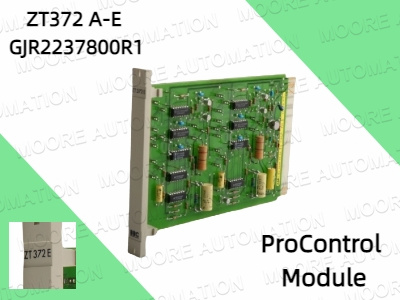
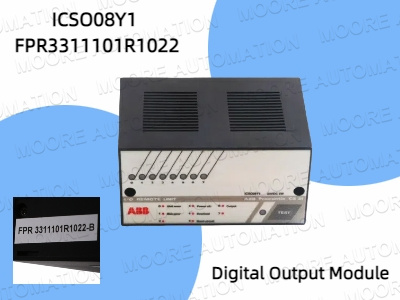
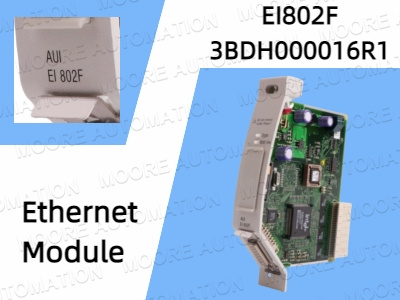
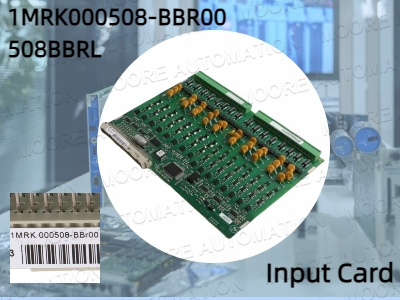
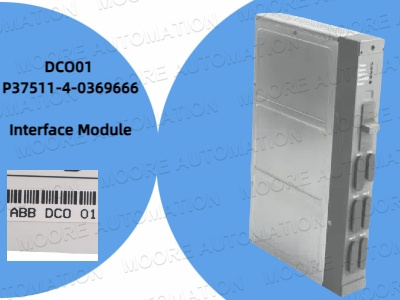
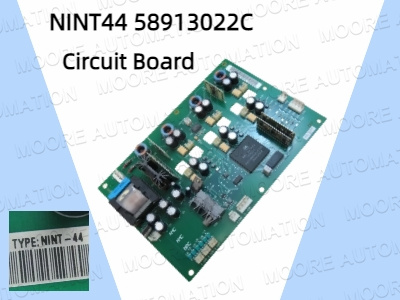
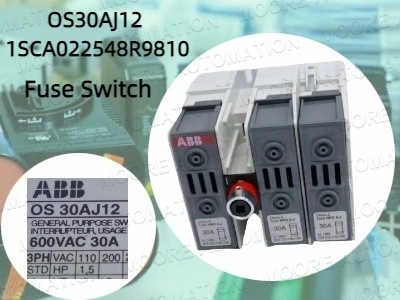
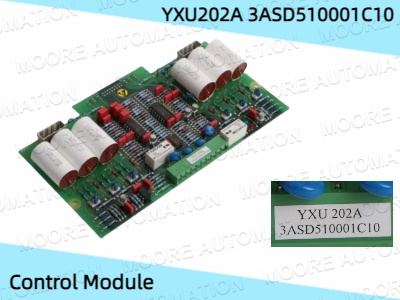

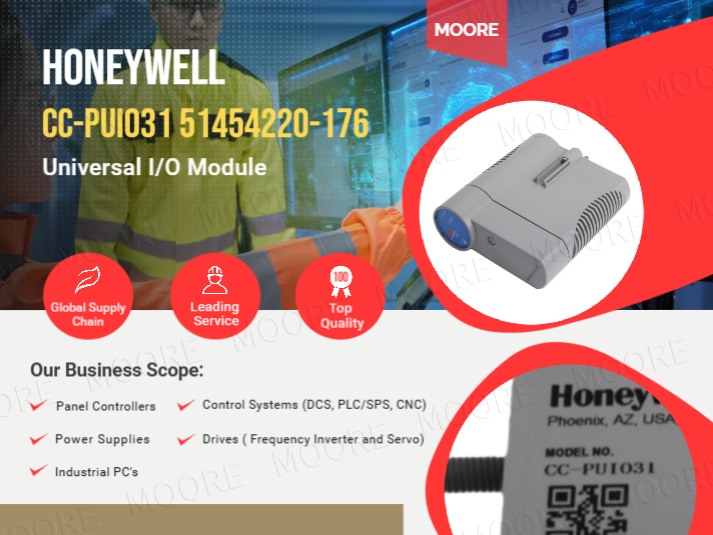
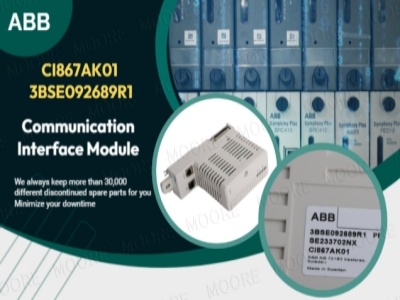
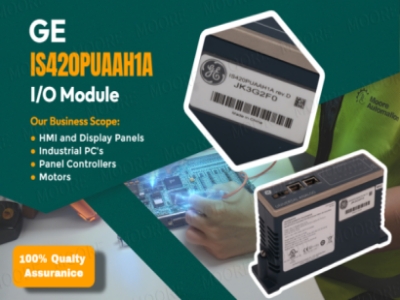












 IPv6 network supported
IPv6 network supported